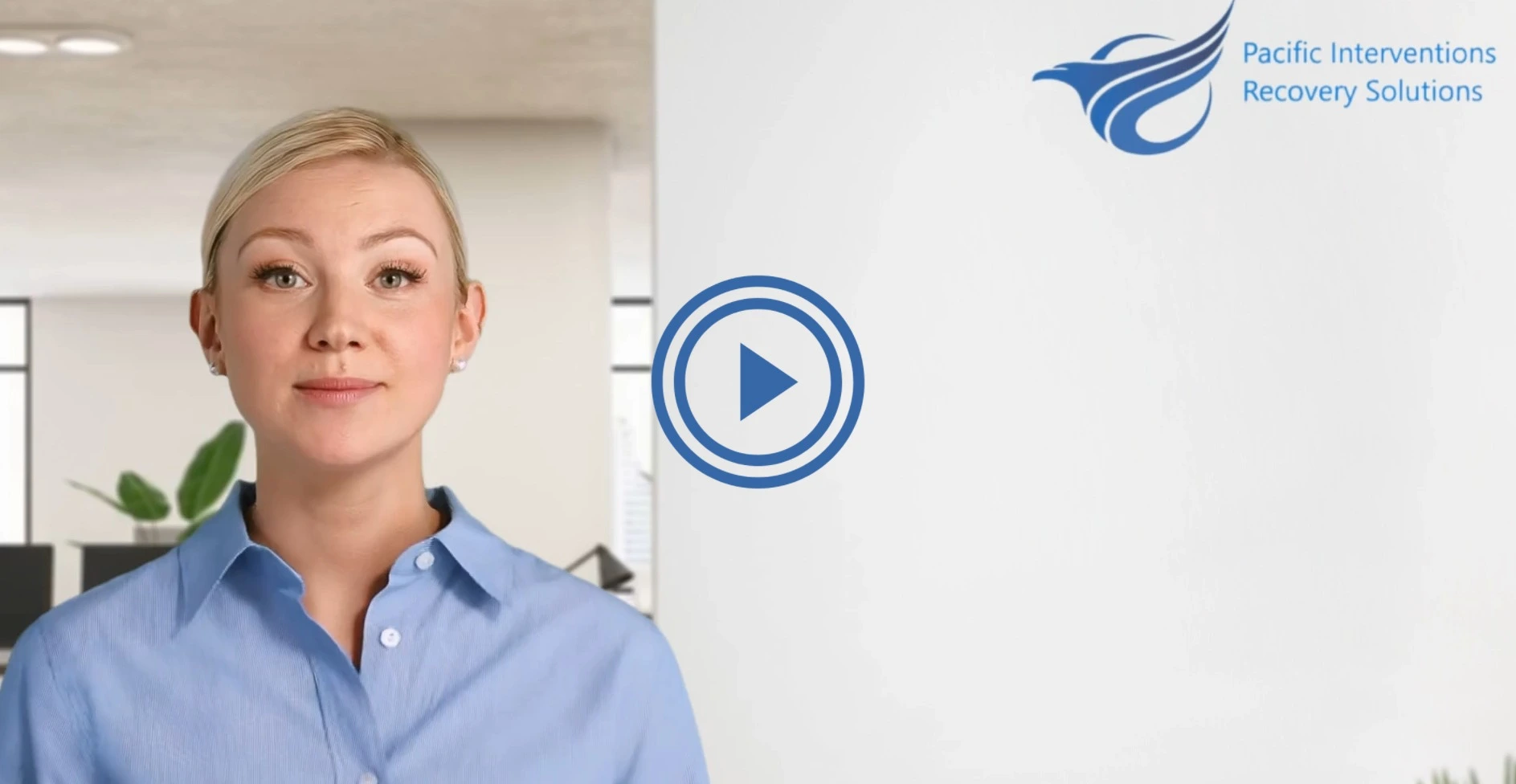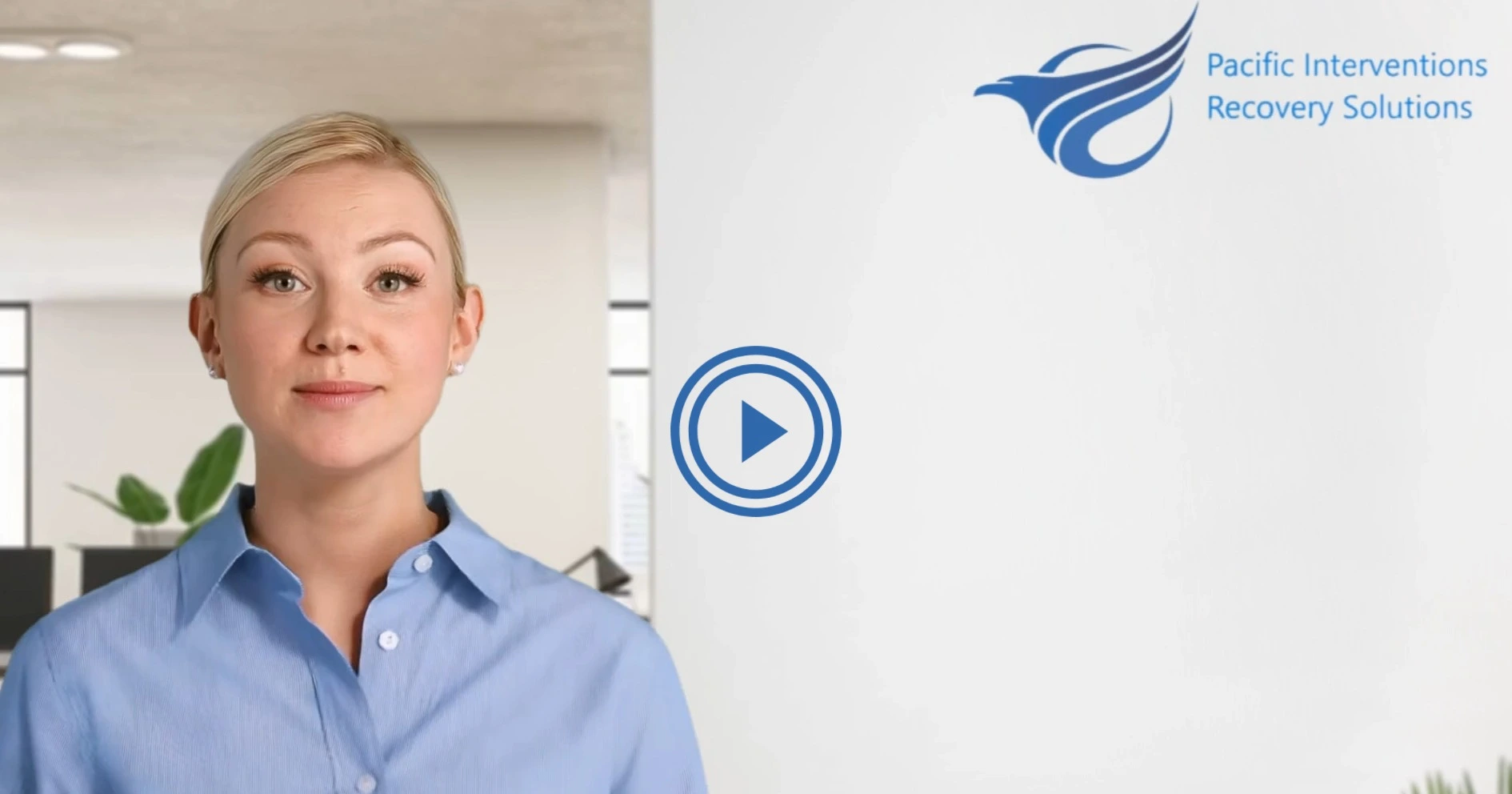Inpatient vs. Outpatient Treatment: Which is Right for You? Addiction is a complex condition that profoundly impacts individuals and their loved ones, leading to physical, emotional, and social challenges. Seeking treatment is a pivotal step towards recovery, and understanding available options is crucial. Inpatient treatment provides intensive, 24/7 care in a structured environment, while outpatient treatment offers flexibility, allowing individuals to maintain daily responsibilities.
Among the most important decisions that you will have to make while beginning your search for treatment for mental health or substance use disorders is inpatient versus outpatient treatment. Each option has distinct advantages and drawbacks, making evaluating personal needs and circumstances essential. By exploring the differences between inpatient and outpatient treatment, individuals can make informed decisions on their journey to lasting recovery from addiction.

Understanding Inpatient Treatment is an important part of the decision
Inpatient treatment programs are those where the patients are required to be hospitalized in a healthcare facility for some stipulated period. This period might be from a few days to several weeks. Most of these programs are intensive and offer services round the clock in a well-structured environment.
Advantages of Inpatient Treatment in One Look
| Structured Environment | Inpatient treatment means a highly structured environment that reduces the most distracting influences and enables focus on recovery. One is away from daily stressors and other triggers in life, which allows one to focus on healing. |
| 24/7 Support | One of the most significant advantages of inpatient care is access to professional help at any time of the day or night. This would include health professionals such as therapists, support staff, and nurses who can offer immediate and appropriate responses to any medical or psychological emergencies. |
| Comprehensive Care | Inpatient treatment usually provides several services, which range from group therapy to individual counseling, medication management, nutritional support, and educational workshops. This holistic treatment approach is tailored to address the multitude of challenges stemming from addiction. |
| Safety Concerns | Inpatient programs provide a safe environment for patients who can be at high risk for relapse. The inpatient setting offers a safe, non-triggering place for clients to start overcoming the urges associated with their substance use. Close monitoring by staff is crucial for averting a crisis or a potential relapse in the early stages of recovery. |
Challenges of Inpatient Treatment
| Cost | If insurance coverage for either is low, inpatient care is more costly than outpatient care. Obviously, the costs of hospitalization present a barrier for many seeking help. |
| Interruption of Everyday Life | Typically, inpatient treatment requires a long period away from work, family, and daily responsibilities. This is highly disruptive to most people, especially those with family responsibilities or job commitments. |
| Potential Stigma | There is a feeling by some that a stigma is attached to being hospitalized for mental health or substance use disorders. This perception often deters people from receiving the treatment they require. |

Outpatient Care is another form of treatment you need to know about
Outpatient treatment is when a patient lives at home but attends therapy sessions and programs arranged at a particular time. This setup can allow greater flexibility and is more suitable for people who require ongoing support but not the long-term commitment associated with inpatient care.
Advantages of Outpatient Treatment
| Flexibility | Scheduling in most outpatient programs varies, enabling attendees to continue work and family obligations while still having some free time. This flexibility aids in maintaining motivation and adherence to treatment. |
| Lower Cost | Outpatient treatment maybe less expensive compared to inpatient care. For many with limited financial means, this could be a more accessible avenue to recovery. |
| Gradual Transition | Outpatient treatment is integrated into daily life. To aid in a sustainable recovery, individuals can practice coping mechanisms learned through therapy in the comfort of their home environment. |
| Support Systems | Most importantly, staying at home while engaging in a recovery program keeps the support from family and friends close at hand, which may be vital in your recovery. It is easier to work with and get encouragement from your personal support network, providing extra motivation and accountability to keep on course. |
Drawbacks of Outpatient Treatment
| Less Intensive Care | Patients in outpatient programs may not get the same degree of around-the-clock care that could be provided in an inpatient option. Severe conditions or acute crises may be more challenging in a less structured setting without constant support. |
| Possible Distractions | Residence at home can introduce various distractions and stressors, which may influence recovery. Individuals can be exposed to triggers derailing progress if suitable coping mechanisms are not established. |
| Limited Accessibility | Some outpatient programs will be so large or significantly restricted in availability that they will become inaccessible to those needing immediate help. |

Making the Right Choice for Yourself
Attending an inpatient or an outpatient treatment is a highly personal choice that needs to be made considering all of your circumstances. Here are some essential things to consider:
How Bad Is Your Condition?
In the case of more severe symptoms or crises—such as suicidal thoughts, self-harm, or heavy withdrawal from substances—the first thing is your safety and well-being. In these cases, inpatient may be more indicated.
Assess Your Support Network
Consider the strength of your support system at home. If you have family and friends who can encourage and help you in times of need, then outpatient treatment may work for you. However, if your surroundings might create problems—like substance exposure or negative settings—inpatient care may be the better choice.
Consider Your Financial Situation
Assess your finances and insurance coverage. Yes, it is well known that outpatient treatment might be cheaper, but your insurance company may treat both inpatient and outpatient differently. Knowing what is within your means would, therefore, help you make a decision.
Consider Your Recovery Goals
Finally, consider your long-term recovery goals. You must decide whether you need the heads-down focus that inpatient care allows or if you are ready to start implementing coping mechanisms within the less structured outpatient care setting.
Conclusion
Inpatient and outpatient treatments afford two diverse paths toward recovery, with their benefits and difficulties. The proper choice will depend on many factors: the nature of your condition, support systems in place, financial considerations, and personal recovery goals. What is appropriate in each case would be realized by talking to a health professional who considers all that applies in the situation to set one on the path that best supports healing and growth. Whatever the decision, seeking help and working toward a healthy life in the future is the most critical step.
FAQ
Why is there a need for outpatient care?
Outpatient care is needed to address addiction in the early stages. It also allows clients a more convenient way to acquire help while still maintaining the day-to-day responsibilities of their lives.
What caused the shift from inpatient to outpatient care?
Outpatient care was offered to provide individuals with more flexible addiction treatment options.
Is there insurance coverage for inpatient and outpatient treatment?
Many extended healthcare insurance policies have allotments for mental health treatment. However, these differ greatly from one policy to another. It’s always best to check directly with your insurance provider to understand your coverage. Also, there are government-funded programs that have no costs for the client.





